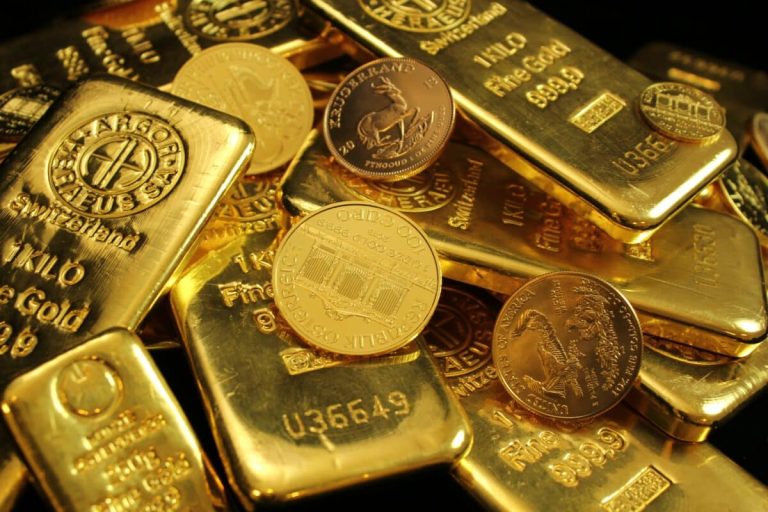In the ever-changing landscape of global markets, investors often find solace in precious metals, with gold typically taking the lead as a symbol of stability and a hedge against economic uncertainty. Gold prices have witnessed fluctuations recently, drawing the attention of traders around the world as they follow various economic indicators. This article explores recent trends in gold prices, the impact of geopolitical factors, and the role of gold in the investment landscape.
Gold Bar: A shining beacon in market volatility
Amid global economic shifts and uncertainties, gold prices have fluctuated significantly, demonstrating the metal's resilience. The weakness of the dollar is a decisive factor in this rise, which prompted investors to view gold as a safe haven. With several economic readings expected this week, traders are considering gold as a potential refuge from other market volatility.
The rise in prices for copper, another important industrial metal, provides a nuanced perspective. Reports that the Chinese government is considering measures to support domestic markets have fueled optimism about copper prices. As the world's largest copper importer, China greatly influences copper values. This development reflects the complex interaction between global economies and underscores the interconnectedness of precious metals.
Investing in Gold: Navigating the Economic Crossroads
The start of 2024 brought concerns about the possibility of the US Federal Reserve cutting interest rates by March, pressuring gold prices down to a low of $2,000 an ounce earlier in January. However, escalating geopolitical tensions in the Middle East have led to increased safe-haven buying, sending gold prices higher and reaffirming its role as a reliable haven during turbulent times.
Traders are now focused on the path of the US economy, and are closely monitoring the direction of the Federal Reserve's policy. The prevailing sentiment is one of cautious optimism, with expectations that the Federal Reserve will ease monetary policy later in the year. These expectations have revitalized gold prices, with spot gold reaching $2,029.53 an ounce and February gold futures rising to $2,030.70. Thus, gold remains a sought-after asset for stability in turbulent economic times.

Gold price today: Navigating the future landscape
As markets compete with various economic indicators, the idea of investing in gold becomes more attractive to discerning investors. The metal, often viewed as a long-term store of value, shows its strength in periods of economic instability. Looking beyond immediate concerns, the broader impact of the Chinese government's consideration of a 2 trillion yuan (US$278 billion) support package for mainland stocks is reverberating around the world.
For commodity gold, the potential revitalization of the Chinese economy offers an optimistic outlook. China's increased support for its markets could support strong demand for copper, representing a potential turning point for the metal, which has been weighed down by China's economic slowdown in recent years. As investors evaluate their portfolios, gold's appeal remains strong, providing stability and security in a volatile economic environment.
Golden horizon amid economic uncertainties
In the complex world of global economies, gold stands out, responding to shifts in the geopolitical landscape and economic indicators. The recent rise in prices reflects the intrinsic value of gold and its symbolic role as a safe haven in turbulent times. As traders navigate through a web of uncertainties, gold's enduring appeal remains, standing firm as a beacon of stability in the volatile ebbs and flows of the global market.

